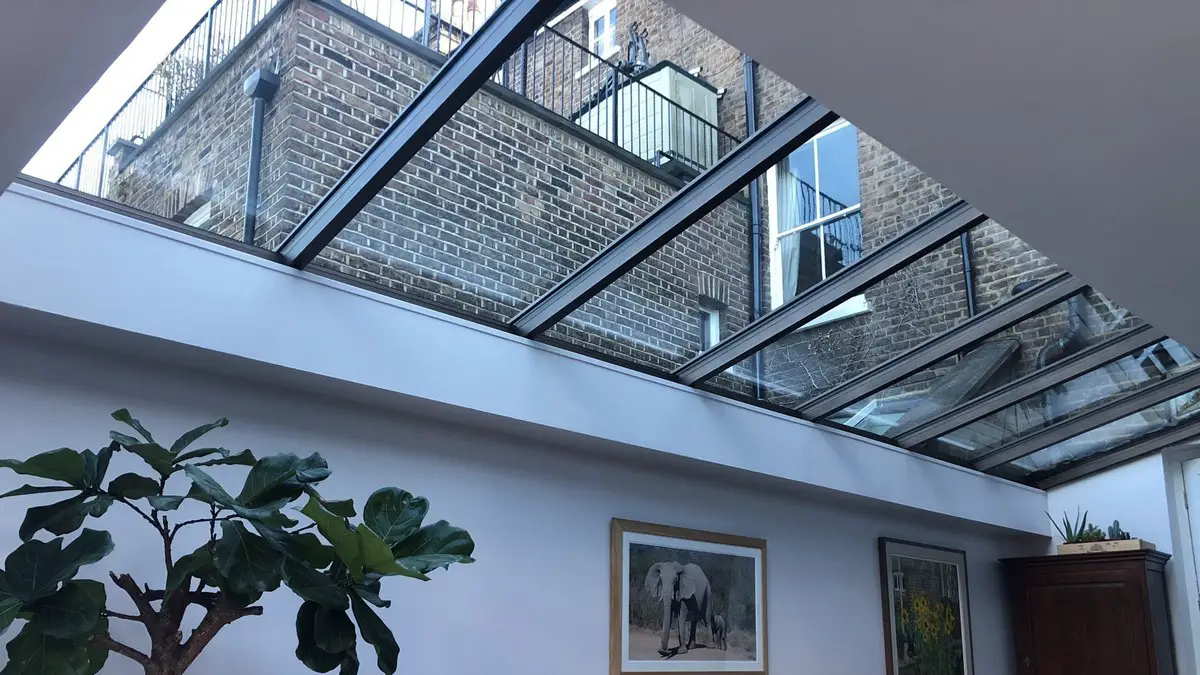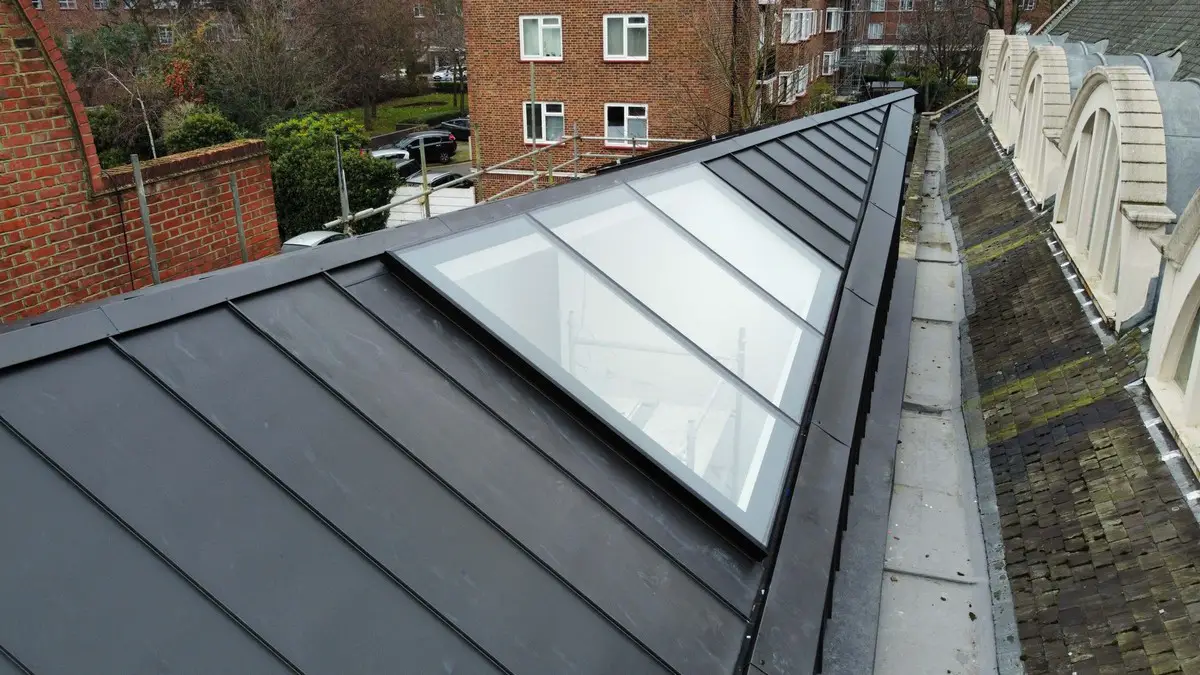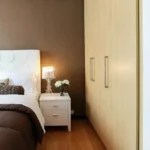Enhancing natural light and style with modular rooflights, A comprehensive guide, Roof windows, House building
Enhancing Natural Light and Style with Modular Rooflights: A Comprehensive Guide
February 4, 2024
Modular Rooflights have emerged as a revolutionary design element in contemporary architecture, seamlessly blending functionality with aesthetics. These innovative structures are not only a source of abundant natural light but also contribute to the overall appeal of a space. In this comprehensive guide, we will explore the various facets of modular rooflights, from their design and installation to the benefits they offer, making them an essential feature for modern homes and commercial buildings.
Enhancing Natural Light and Style with Modular Rooflights Guide
Section 1: Understanding Modular Rooflights
Modular rooflights are architectural elements designed to bring natural light into interior spaces. Comprising multiple individual units or modules, these rooflights are strategically positioned to optimize sunlight penetration. These units are available in various shapes, sizes, and materials, allowing architects and homeowners to choose options that align with the overall design and functionality goals of the structure.
Modular Rooflights: A Glimpse Into Innovative Design
Overhead Glazing’s Modular Rooflight is rooted in the principle of maximizing natural light while maintaining structural integrity. The arrangement of individual modules allows for flexibility in design, enabling architects to create visually stunning and functional spaces.
Section 2: Design Variations and Customization
Customizing Style: The Many Faces of Modular Rooflights
One of the standout features of modular rooflights is the flexibility they offer in terms of design. Architects and designers can choose from a wide range of design variations to complement the architectural style of the building. Whether it’s a sleek and modern look or a more traditional aesthetic, modular rooflights can be customized to meet specific design preferences. Materials such as glass, polycarbonate, or even composite materials can be used, providing further customization options.
Materials Matter: Choosing the Right Components
Selecting the appropriate materials for modular rooflights is crucial to both aesthetics and functionality. Glass, with its transparency and ability to diffuse light, is a popular choice for a modern and open feel. Polycarbonate, on the other hand, offers durability and energy efficiency. The use of composite materials provides a balance between strength and insulation.
Section 3: Installation Process and Considerations
Precision Installation: Ensuring Longevity and Efficiency
Installing modular rooflights involves careful planning and execution. Factors such as building structure, roof type, and local weather conditions play crucial roles in determining the installation process. This section will delve into the step-by-step installation process, highlighting key considerations to ensure the longevity and effectiveness of the rooflights. Proper installation not only enhances the performance of the rooflights but also contributes to the overall energy efficiency of the building.
Step 1: Site Assessment and Planning
Before installation begins, a comprehensive site assessment is conducted. This includes evaluating the roof structure, considering load-bearing capacity, and identifying the optimal locations for the rooflights to achieve maximum sunlight exposure.
Step 2: Weatherproofing and Sealing
To prevent leaks and ensure the longevity of the installation, a robust weatherproofing and sealing process is implemented. This involves the use of high-quality sealants and flashing materials to create a watertight barrier around the rooflights.
Step 3: Structural Integration
Integrating modular rooflights into the existing structure requires precision and expertise. The installation team ensures that the rooflights seamlessly fit into the roof structure, maintaining both the structural integrity of the building and the aesthetic appeal of the design.
Step 4: Testing and Quality Assurance
After installation, thorough testing is conducted to verify the effectiveness of the rooflights. This includes checking for any potential leaks, assessing the functionality of automated features (if applicable), and ensuring that the rooflights meet quality standards.
Section 4: Advantages of Modular Rooflights
Illuminating Benefits: Beyond Natural Light
Modular rooflights offer a plethora of advantages, making them a popular choice in modern architecture. From enhancing natural daylighting to reducing energy consumption, these rooflights contribute significantly to the well-being of occupants. This section will explore the various benefits, including improved indoor air quality, increased energy efficiency, and the positive impact on the occupants’ mood and productivity.
Let There Be Light: Enhancing Indoor Environments
The primary function of modular rooflights is to introduce natural light into interior spaces. This not only reduces the reliance on artificial lighting during daylight hours but also creates a more inviting and pleasant environment. The even distribution of natural light throughout a space has been linked to improved mood and increased productivity, making modular rooflights a valuable addition to both residential and commercial settings.
Energy Efficiency and Sustainability
In addition to the aesthetic and well-being benefits, modular rooflights contribute to the overall energy efficiency and sustainability of a building. By harnessing natural light, these rooflights reduce the need for artificial lighting, resulting in lower energy consumption. This not only translates to cost savings but also aligns with environmentally conscious design practices.
Improved Ventilation and Indoor Air Quality
Some modular rooflights are designed to be operable, allowing for increased ventilation. This is particularly beneficial for spaces like kitchens and bathrooms, where proper ventilation is essential. Improved air circulation contributes to better indoor air quality, creating healthier living and working environments.
Enhancing natural light and style with modular rooflights Conclusion
In conclusion, modular rooflights have become an integral element in contemporary architecture, seamlessly combining form and function. From their diverse design options to the numerous benefits they offer, these rooflights are a testament to the evolution of sustainable and aesthetically pleasing building solutions.
Whether incorporated into residential homes or commercial spaces, modular rooflights stand as a beacon of innovation, ushering in a new era of architectural design focused on maximizing natural light and style. Elevate your space affordably with Overhead Glazing’s top-tier Rooflights. Offering quality and excellence, they stand out as your go-to choice for stylish and cost-effective solutions.
Comments on this Enhancing Natural Light and Style with Modular Rooflights: A Comprehensive Guide article are welcome.
Property Designs
Glasgow Architecture Designs – architectural selection below:
++
Building Roof Design
Property Roofing Repair and Designs
Choose the best roofing contractor guide
Comments / photos for the Enhancing Natural Light and Style with Modular Rooflights: A Comprehensive Guide – page welcome.




